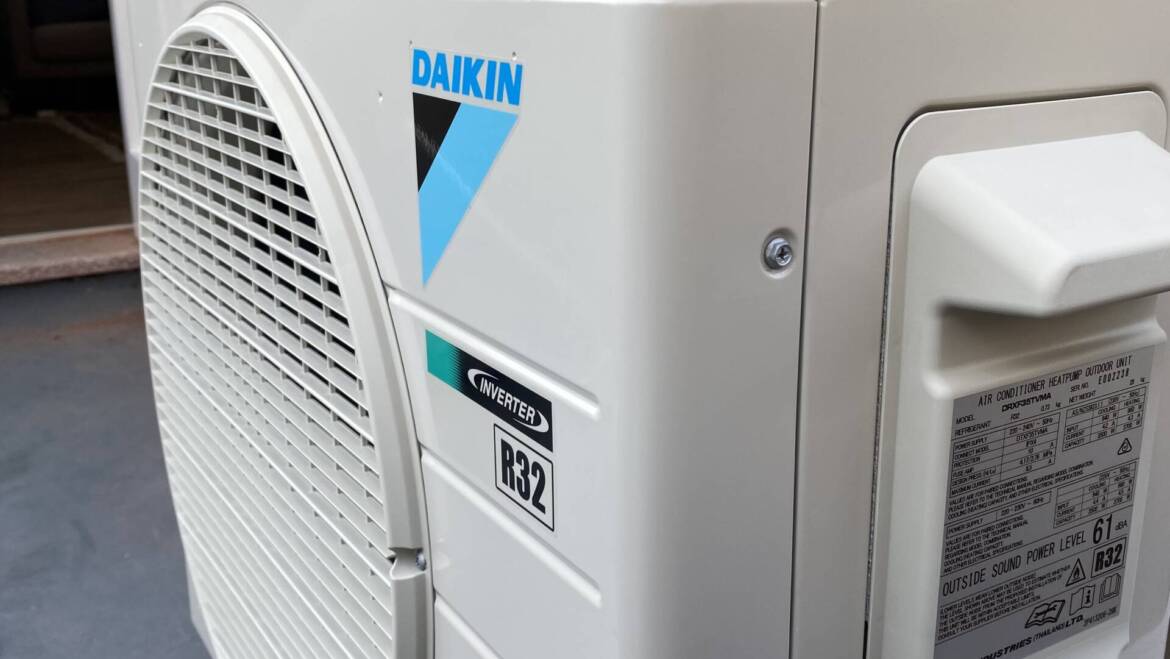While air conditioning in the home has been popular since the 1970’s these days more and more people are choosing modern split systems rather than traditional air conditioning units. But are the new systems any better? Here we take a look at the arguments for and against split air conditioning systems.
The Pros
Versatility
As traditional air conditioning systems have to be placed under or near a window, they require you to have a hole put in the wall large enough to accommodate the unit. Also, elaborate, expensive duct work has to be undertaken. Split systems are powered by an external compressor which is situated outdoors, either on the ground or hung on brackets on an exterior wall. They can even be positioned in a garage or shed, and only require a small hole in your wall for tubing to connect the outdoor unit to the indoor one.
Split air conditioning systems are also easy to maintain, as they have washable filters which can easily be taken out and put back in. The outdoor condenser does need to be kept clean, but it was designed for cleaning to be as easy as possible.
Attractiveness
Traditional air conditioning units tend to be large and cumbersome, and very obvious due to their positioning underneath a window. By contrast, the interior modules of split systems tend to be unobtrusive, as they are usually located high up on a wall, out of people’s line of vision. Their sleek, modern designs will easily blend in with modern, minimalist decor.
Quiet
While one of the main problems with traditional systems is the amount of noise they create inside the home, split systems are virtually noiseless, as only the air-blowing unit is located indoors.
Energy Efficiency
Split systems can provide heating as well as cooling, and are renowned for even use of hot and cold air when controlled properly via the thermostat. With traditional air conditioning systems, hot or cool air can escape due to drafts or open doors. This cannot happen with split systems, making them more efficient and less costly to run.
The Cons
Price
A split system will cost you 30 to 40 percent more than a traditional air conditioning system, although in the long term this will be outweighed with savings on your energy bills and maintenance costs. Modern split system air conditioning systems aren’t as expensive as many people think.
Installation
A split system needs to be installed by a professional, both to validate your warranty, and for safety reasons, as attempting to install one yourself can be dangerous. This means you might have to wait for a licensed installer to be available.
Location
The interior and exterior units of a split system need to be positioned within 30 metres of each other, as this is the length of the tubing that connects them. This means split systems may be unsuitable if you live in an exceptionally tall building or an apartment.
Outside Noise
The interior units of split systems are extremely quiet, but the compressor unit located outside can generate quite a lot of noise. This can be a problem if you live in a highly populated area, as you have to be considerate to your neighbours.
While there are pros and cons of both systems, modern split systems offer more freedom and versatility, and are better for the environment, which is why we’re likely to see more of them in years to come.
